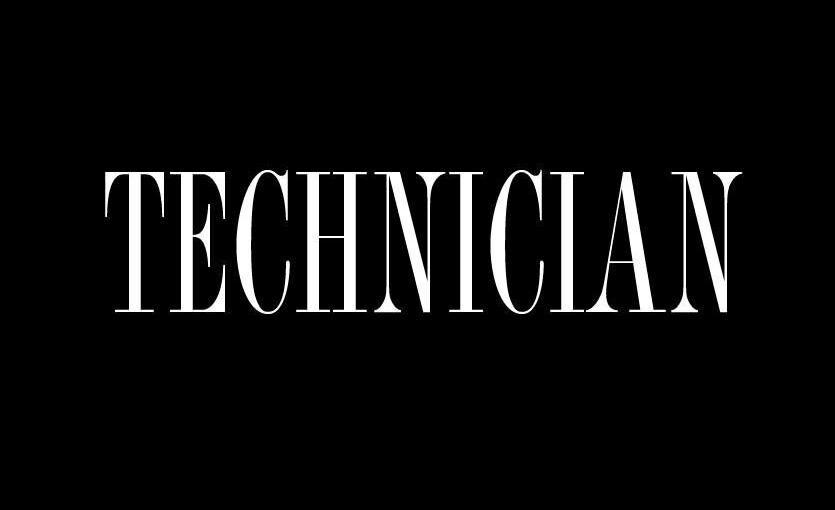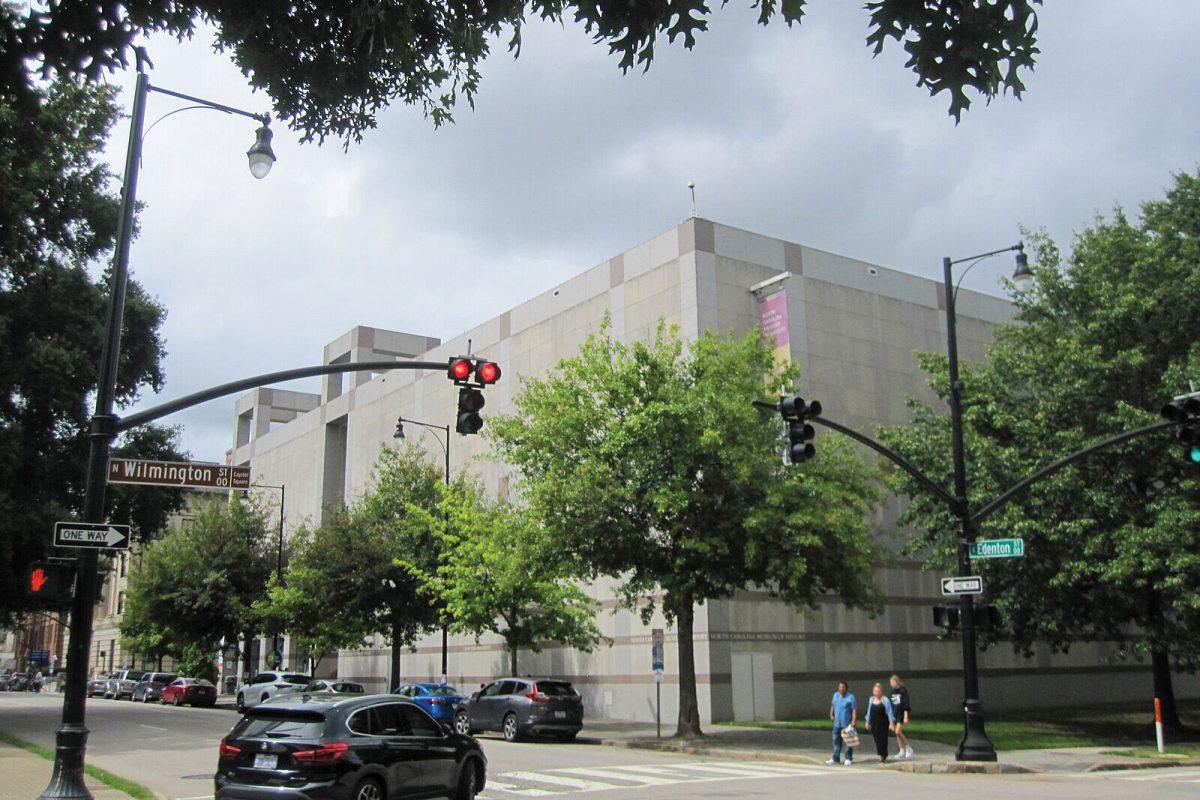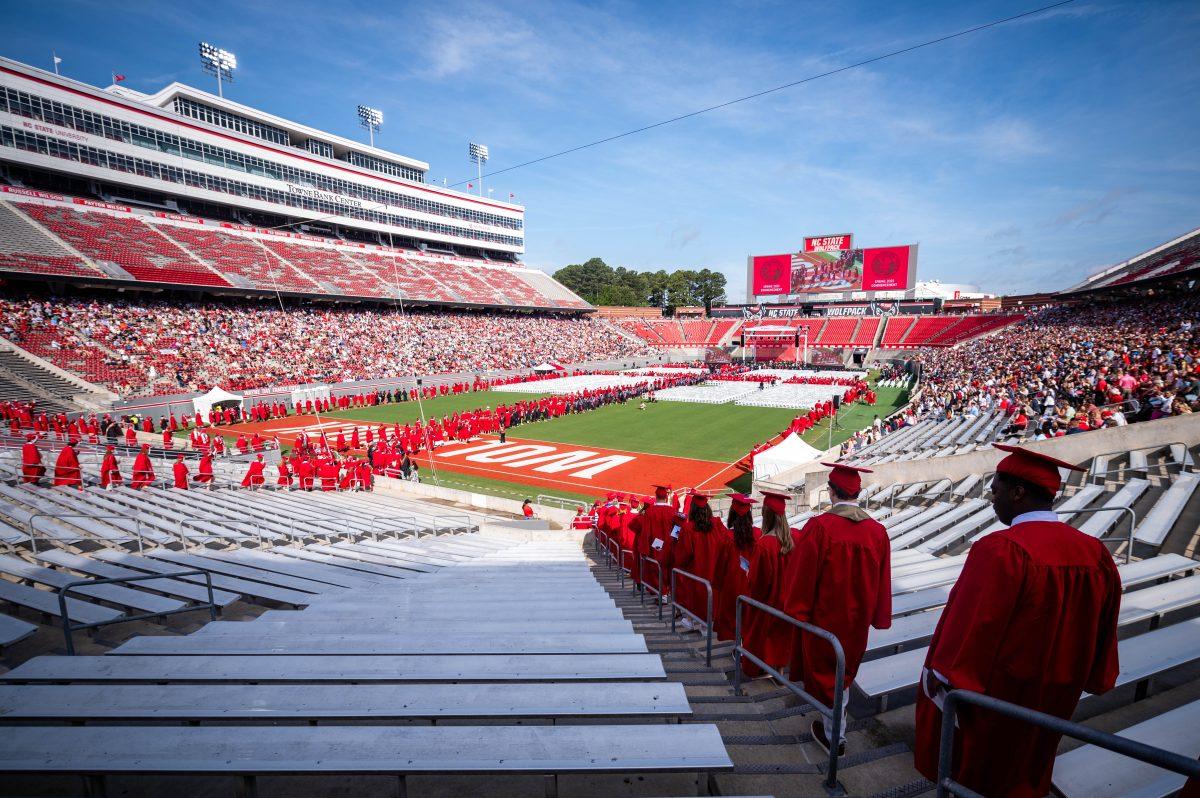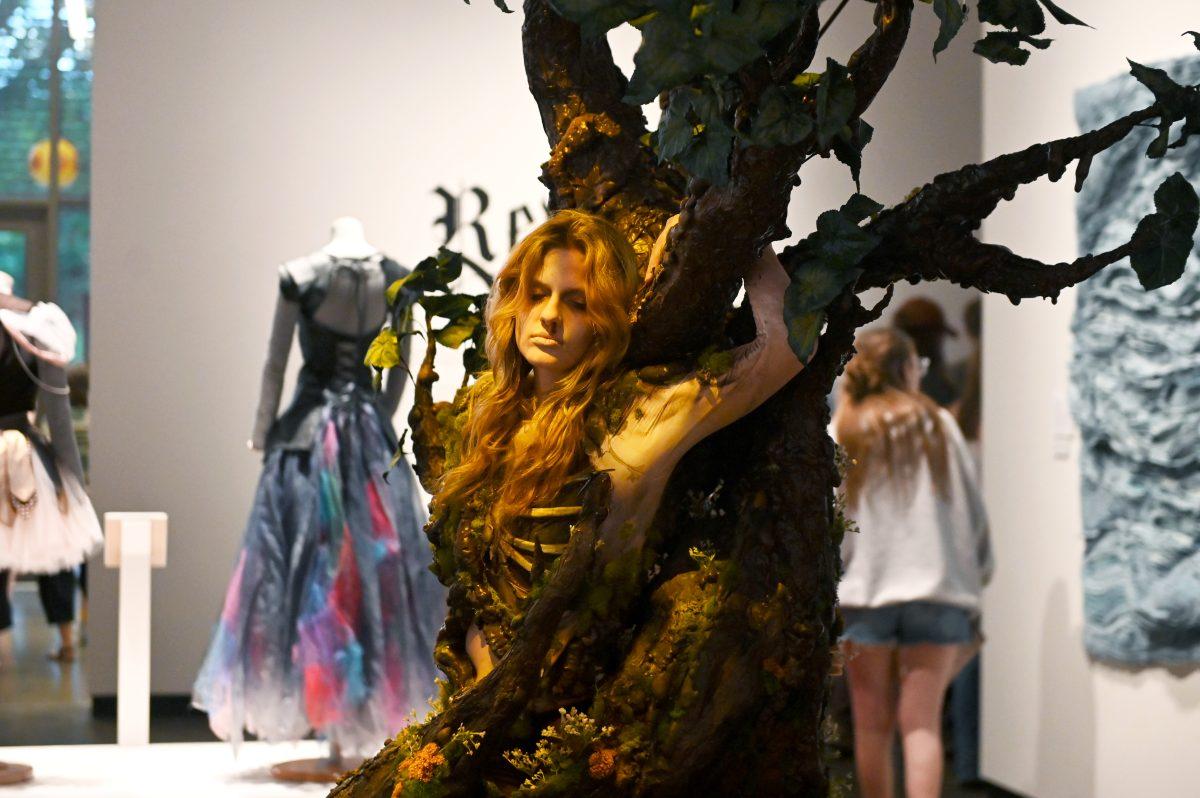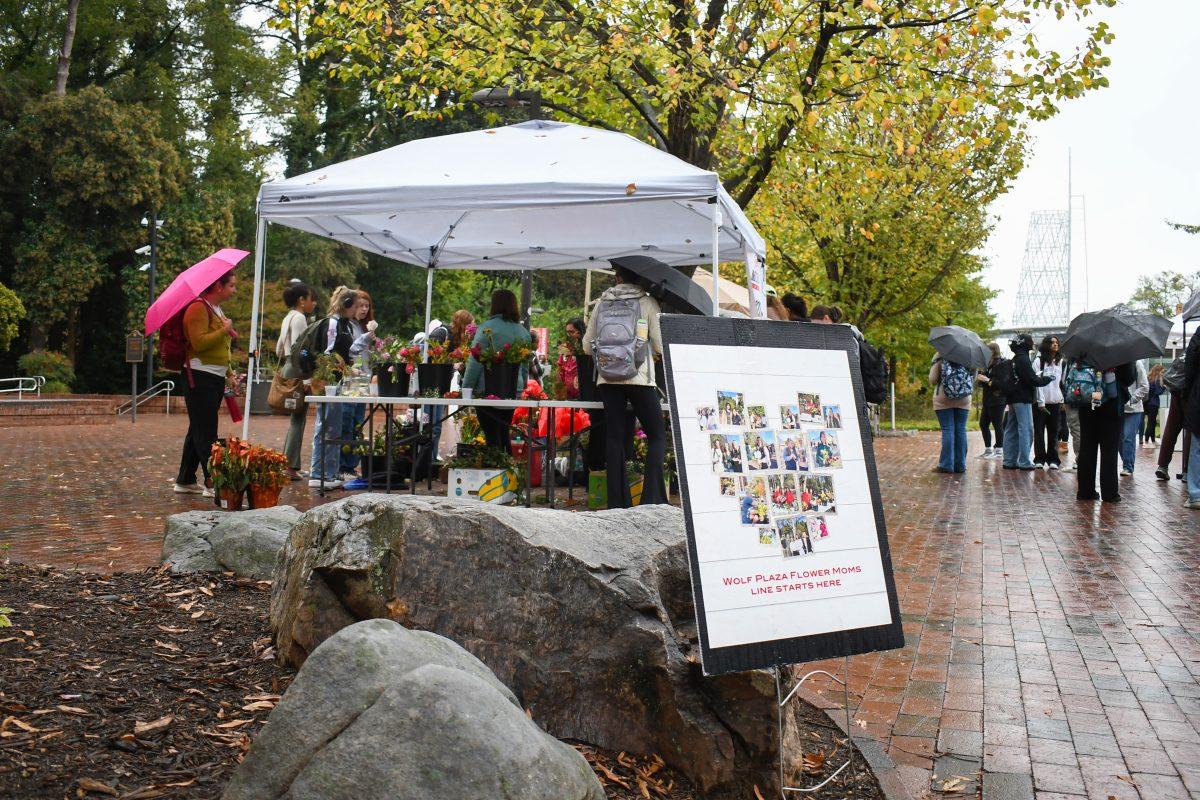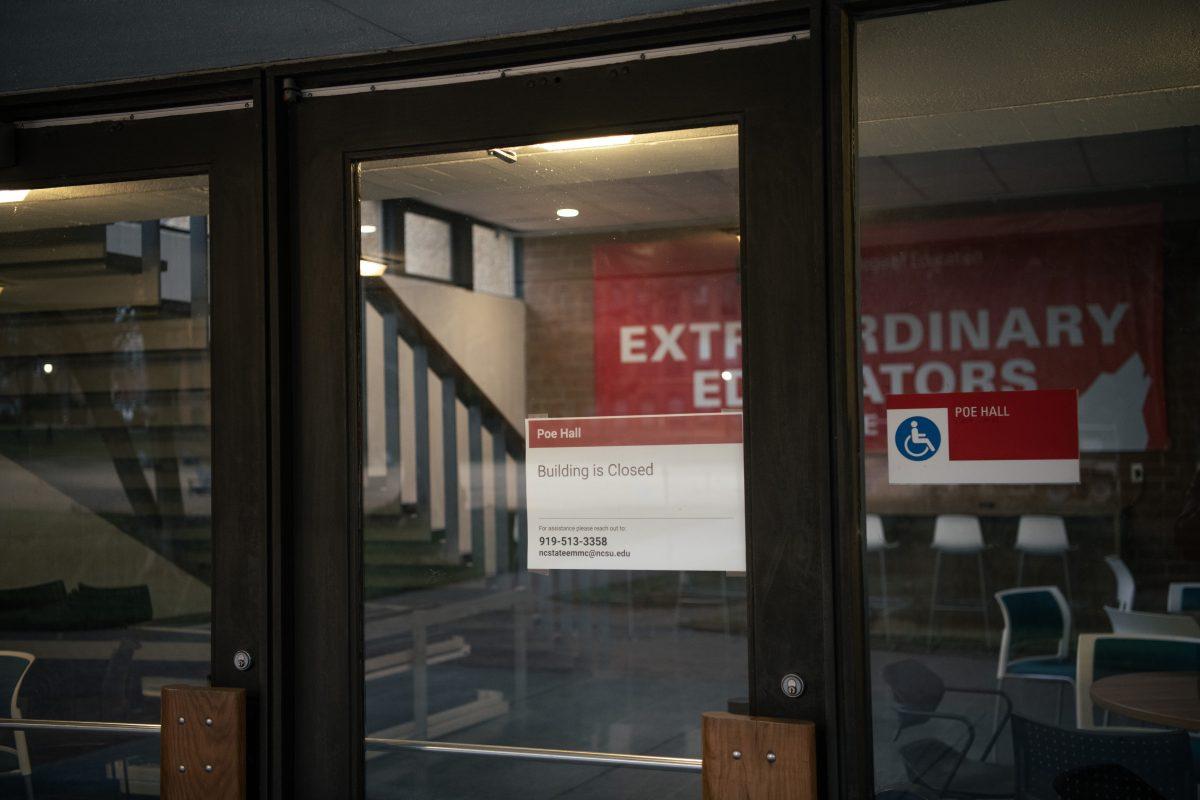The North Carolina Museum of History closed its doors in October 2024, and began the process of processing and relocating about 150,000 artifacts to make way for renovation and updates to the physical location. When in-person operations were available, the museum served around 300,000 students and educators each year, representing 92 to 98 counties annually. Although the physical location is closed, operations continue in preparation for reopening in the future.
In an executive order signed on March 14, President Donald Trump continued his push towards spending cuts and government efficiency by reducing the size and activities of numerous government agencies.
As the order states, “the non-statutory components and functions of the following governmental entities shall be eliminated to the maximum extent consistent with applicable law.” One of the “governmental entities” subjected to these wide-sweeping budget cuts was the Institute of Museum and Library Services.
Although the doors to its physical location remain closed, museum staff continue to operate, curating digital content and networking with schools and local organizations to continue their mission of “collecting and preserving artifacts from our shared history,” as Director of Communications and Marketing Mary Huntley said.
Huntley said construction is scheduled to start in the summer, which is expected to take two to three years.
In the meantime, Huntley said content is being “reexamined, double-checked, triple-checked for accuracy.”
Jessica Pratt, education section chief, said the museum is still in the initial stages of moving out before renovations are made.
“Once we get completely moved out, we are going to shift gears to new museum preparation,” Pratt said. “And we’re laying the groundwork for that now, but that’s really going to ramp up this summer.”
Huntley said that although funding for museums throughout the country have been put in jeopardy by recent federal policies, support for the museum’s activities have remained secure by the state legislature. She said the museum was awarded $180 million from the North Carolina General Assembly, and that funding is still secure.
Pratt said support from the state government has allowed staff to maintain educational and outreach programs during the closure.
“While the museum is closed … We still have a very extensive education network, but we’re also preparing to open what’s going to be a brand new museum,” Pratt said.
Pratt said the staff at the museum continue to further “develop resources on North Carolina history and social studies topics … so that students don’t have to come to Raleigh or just have one day of North Carolina history on a field trip.”
In addition to virtual outreach, the museum is planning a series of public programs in Raleigh and throughout surrounding communities. Once reopened, the new facility is expected to feature updated exhibit spaces, improved accessibility and enhanced environmental controls to best protect and preserve the collection.
“Replacing and moving our entire HVAC system is a big part of the renovation,” Pratt said. “And that’s a huge part of maintaining the best environment to store and care for our 150,000 object artifact collection.”
The museum remains active despite its physical closure, continuing to provide digital resources and educational support at the state level. Programs are being held off-site and outreach materials allow teachers to integrate North Carolina history into classrooms without visiting the museum.

